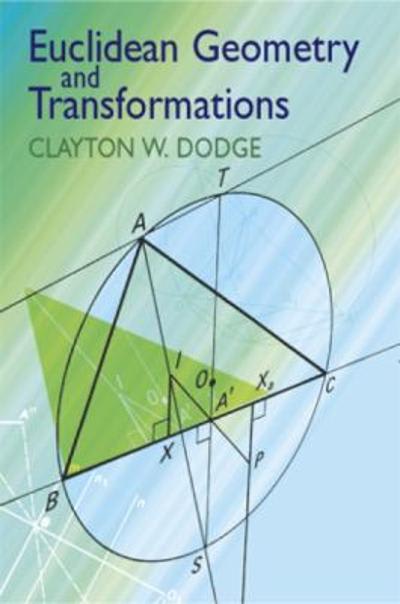Question
1) IQ Scores are normally distributed with a mean of 100 and a standard deviation of 15. Select a random person and find the probability...
1) IQ Scores are normally distributed with a mean of 100 and a standard deviation of 15. Select a random person and find the probability... Round result to FOUR decimal places a) Their IQ score is less than 70 P(x < 70) = b) Their IQ score is less than 80 P(x < 80) =
2)IQ Scores are normally distributed with a mean of 100 and a standard deviation of 15. Select a random person and find the probability... Round result to FOUR decimal places a) Their IQ score is greater than 100 P(x > 100) = b) Their IQ score is greater than 120 P(x > 120) =
3)IQ Scores are normally distributed with a mean of 100 and a standard deviation of 15. Select a random person and find the probability... Round result to FOUR decimal places Their IQ score is between 60 and 135 P(60 < x < 135) =
4) IQ Scores are normally distributed with a mean of 100 and a standard deviation of 15. Select a random person and find the probability... Round result to FOUR decimal places Their IQ score is between 60 and 105 P(60 < x < 105) =
5)IQ scores are normally distributed with a mean of 100 and a standard deviation of 15. Find the score of the person who is: Round results to the nearest whole-number. a) The 15-th percentile (i.e. 15 percent of scores fall below this score) 15-th percentile = b) The 35-th percentile (i.e. 35 percent of scores fall below this score) 35-th percentile =
6) IQ scores are normally distributed with a mean of 100 and a standard deviation of 15. Find the score such that: Round results to the nearest whole-number. a) 60 percent of all scores are below this score: b) 25 percent of all scores are above this score:
7) Heights of adult males in the United States are normally distributed with a mean of 70 inches and a standard deviation of 3 inches. In choosing an individual adult US male, find the probability: Round results to FOUR decimal places a) That he is exactly 73.8 inches tall. P(x = 73.8) = b) That he is less than 63.7 inches tall. P(x < 63.7) = c) That he is taller than 71.8 inches tall. P(x > 71.8) = d) That he is between 70.9 and 73.5 inches tall. P(70.9 < x < 73.5) =
8) Adult male heights in the United States are normally distributed with a mean of 70 inches and a standard deviation of 3 inches. What US Male height is... Round results to one decimal place. Taller than 55 percent of all US males? Answer = inches Shorter than 15 percent of all US males? Answer = inches
9) A manufacturer knows that their items have a normally distributed length, with a mean of 16.6 inches, and standard deviation of 4.3 inches. If one item is chosen at random, what is the probability that... Round results to FOUR decimal places. a) It is shorter than 14.4 inches? P(x < 14.4) = b) It is longer than 12 inches? P(x > 12) = Recall the Excel function NORM.DIST() gives area or probability to the LEFT. To find area or probability to the RIGHT we must use 1 - NORM.DIST(). 10) A manufacturer knows that their items have a normally distributed length, with a mean of 9.8 inches, and standard deviation of 1.3 inches. If one item is chosen at random, find the probability: Round results to Four decimal places. a) The length is more than 12.3 inches. b) The length equals 9.4 inches. c) The length is between 8.2 and 8.7 inches. d) The length is less than 8.6 inches
11) A manufacturer knows that their items have a normally distributed length, with a mean of 6 inches, and standard deviation of 1.3 inches. Round results to one decimal place. a) What length is longer than 25 percent of the items? inches b) What length is shorter than 70 percent of the items? inches
12 )A manufacturer knows that their items have a normally distributed lifespan, with a mean of 9.6 years, and standard deviation of 0.6 years. If one item is chosen at random, find the probability: Round results to FOUR decimal places. a) The lifespan is less than 8.8 years. b) The lifespan is between 8.2 and 9.3 years. c) The lifespan equals 10.7 years. d) The lifespan is more than 11.2 years.
13) A manufacturer knows that their items have a normally distributed lifespan, with a mean of 10.2 years, and standard deviation of 3 years. Round results to one decimal place. a) The bottom 25 percent of the items last less than how many years? years b) The top 95 percent of the items last longer than how many years? years
14) A particular fruit's weights are normally distributed, with a mean of 450 grams and a standard deviation of 16 grams. If you pick one fruit at random, what is the probability that it will weigh between 433 grams and 462 grams? Round your result to four decimal places. P(433 < x < 462) =
15) A particular fruit's weights are normally distributed, with a mean of 762 grams and a standard deviation of 31 grams. Round results to one decimal place. a) The lightest 18% of fruits weigh less than how many grams? grams b) The heaviest 2% of fruits weigh more than how many grams? grams
Step by Step Solution
There are 3 Steps involved in it
Step: 1

Get Instant Access to Expert-Tailored Solutions
See step-by-step solutions with expert insights and AI powered tools for academic success
Step: 2

Step: 3

Ace Your Homework with AI
Get the answers you need in no time with our AI-driven, step-by-step assistance
Get Started


